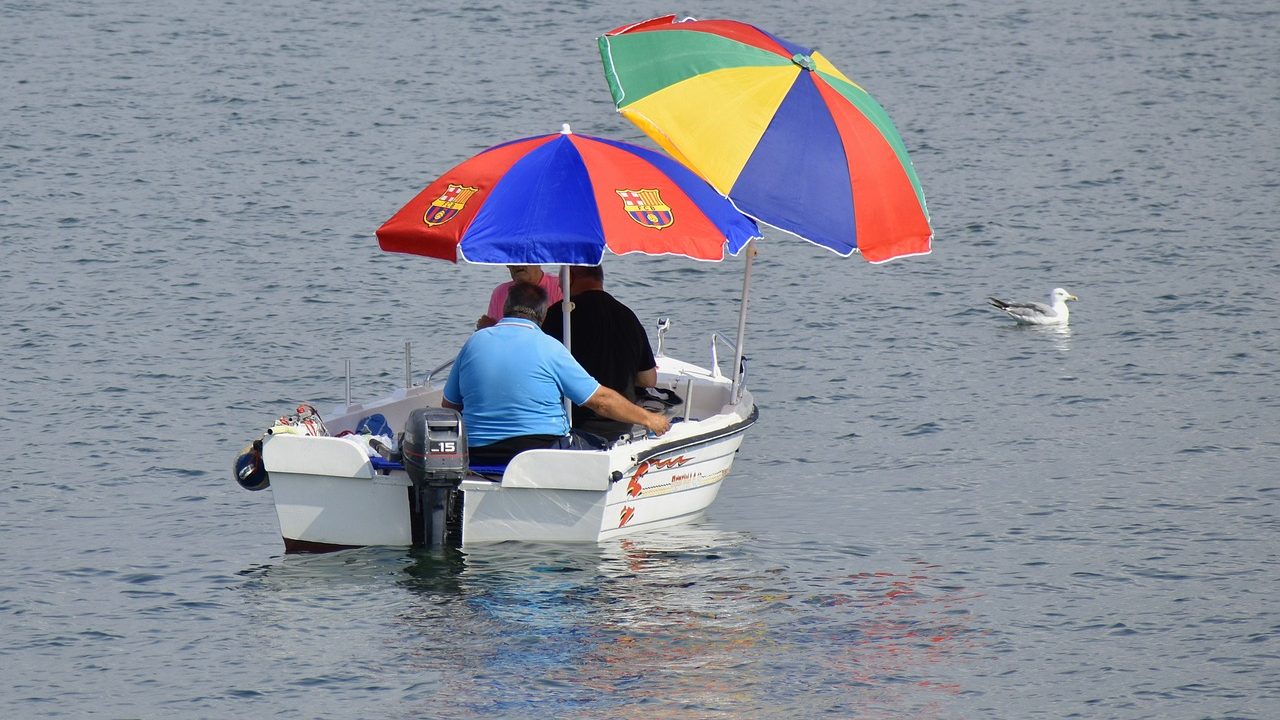June has finally arrived: now practically all boaters have put their
boats back in the water, completing post-winter storage maintenance, in preparation for excursions
and summer cruises. Our
your berth and heading out to sea, it’s always wise to check at the beginning of summer if all the
necessary safety equipment is present, in good condition, and easily accessible.
Here are the checks to make!
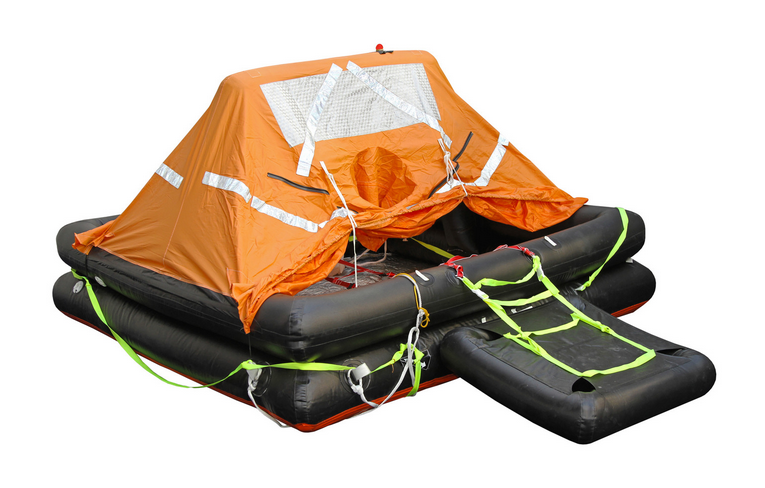
What are the legal requirements
As is known, mandatory safety equipment is defined by law based on the distance
from the coast that you intend to reach with your boat. These lists – which for boats
also true that in some cases, the detailed rules of the Nautical Code leave gaps
that should be filled with common sense, thus doing more than strictly necessary at
the legal level: for example, why is a coastal life raft mandatory beyond 6 miles,
while not even a life ring is required beyond 3 miles?
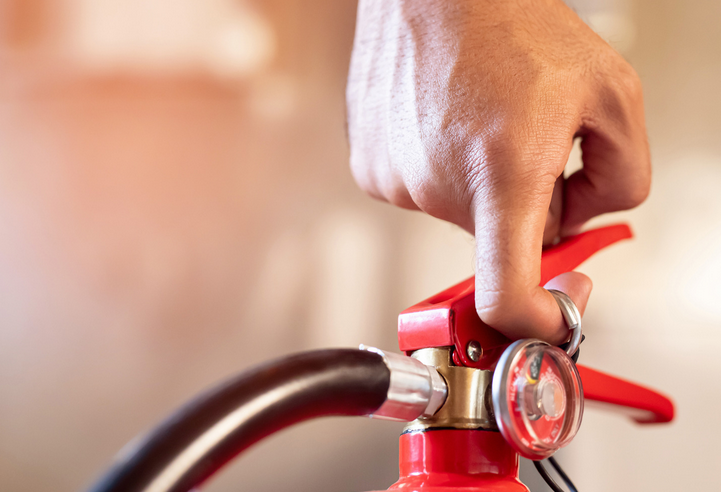
In any case, the basics of the regulations are known: those navigating within one mile from the coast must
have on board simply a life jacket, a life ring with rope, a
pump, and a fire extinguisher. Those who want to navigate within 3 miles must
safety equipment must also include 2 parachute flares.
It’s from navigation within 12 miles that the safety equipment list becomes substantial,
with the addition of a coastal life raft, nautical compass, and marine VHF.
Those going beyond 12 miles must have a proper life raft, as well as other
mandatory accessories such as a clock, binoculars, barometer, regulation first aid kit,
nautical charts, radar reflector, and conical signal.
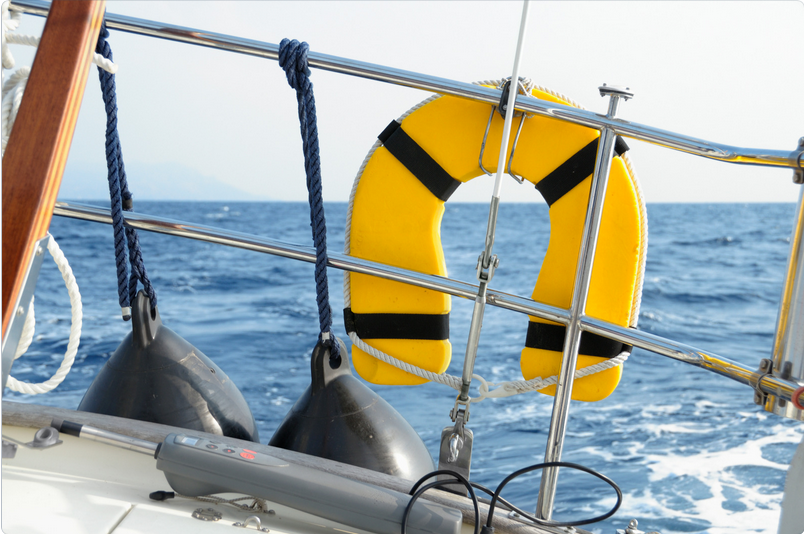
The number of people on board
Among our berths in Genoa, we often hear unusual interpretations of laws
related to safety during navigation, starting with the management of safety equipment.
It’s worth emphasizing that mere possession is not enough: items on board
must first be consistent with the number of passengers embarked. Therefore, those who
have a crew of 8 people on board must have at least 8 life jackets
(it would be better to have one spare) and, for navigation beyond 6 miles,
a regulation life raft capable of accommodating at least 8 people.
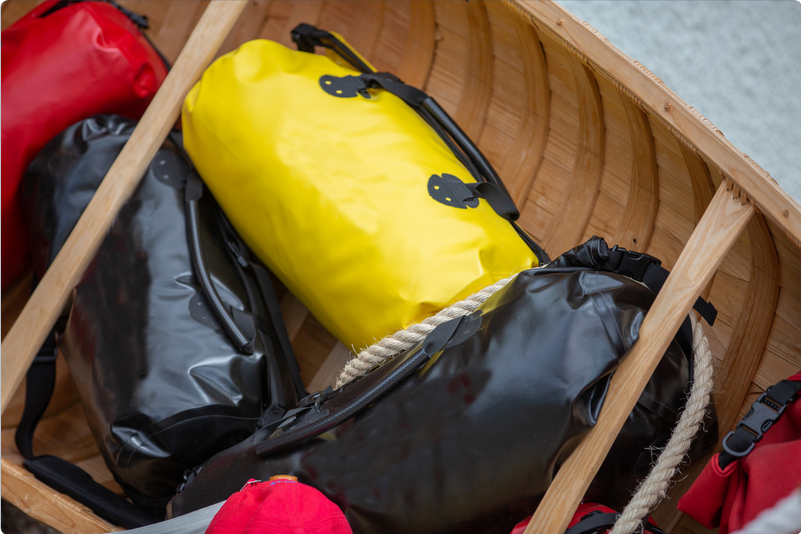
Safety equipment expiration dates
Another detail that’s always worth highlighting is that safety equipment is not
eternal, quite the contrary. The life raft, for example, must undergo regular inspection over
also be checked, particularly the self-inflating ones: special attention
should be paid to checking the triggers, which typically expire after 4 or 5 years.
Fines for non-compliance
Having safety equipment on board is first and foremost a matter of common sense. Certainly, however,
to know that boaters caught by authorities not fully complying with the list of
minimum safety equipment and life-saving devices face a fine ranging between
207 euros and 1,033 euros; for small boats, the fines are automatically halved.
The accessibility of safety equipment
To summarize: safety equipment to be carried on board must be regulated according to the
distance from the coast you intend to reach. But it must also be managed based on the number of
dramatic consequences of deploying a life raft during an emergency only
to find it deflated and unusable! But that’s not all: all safety equipment must be
on board should know where to find the life jackets, and more than one
person should be trained to understand how to deploy the life raft in
case of emergency.

